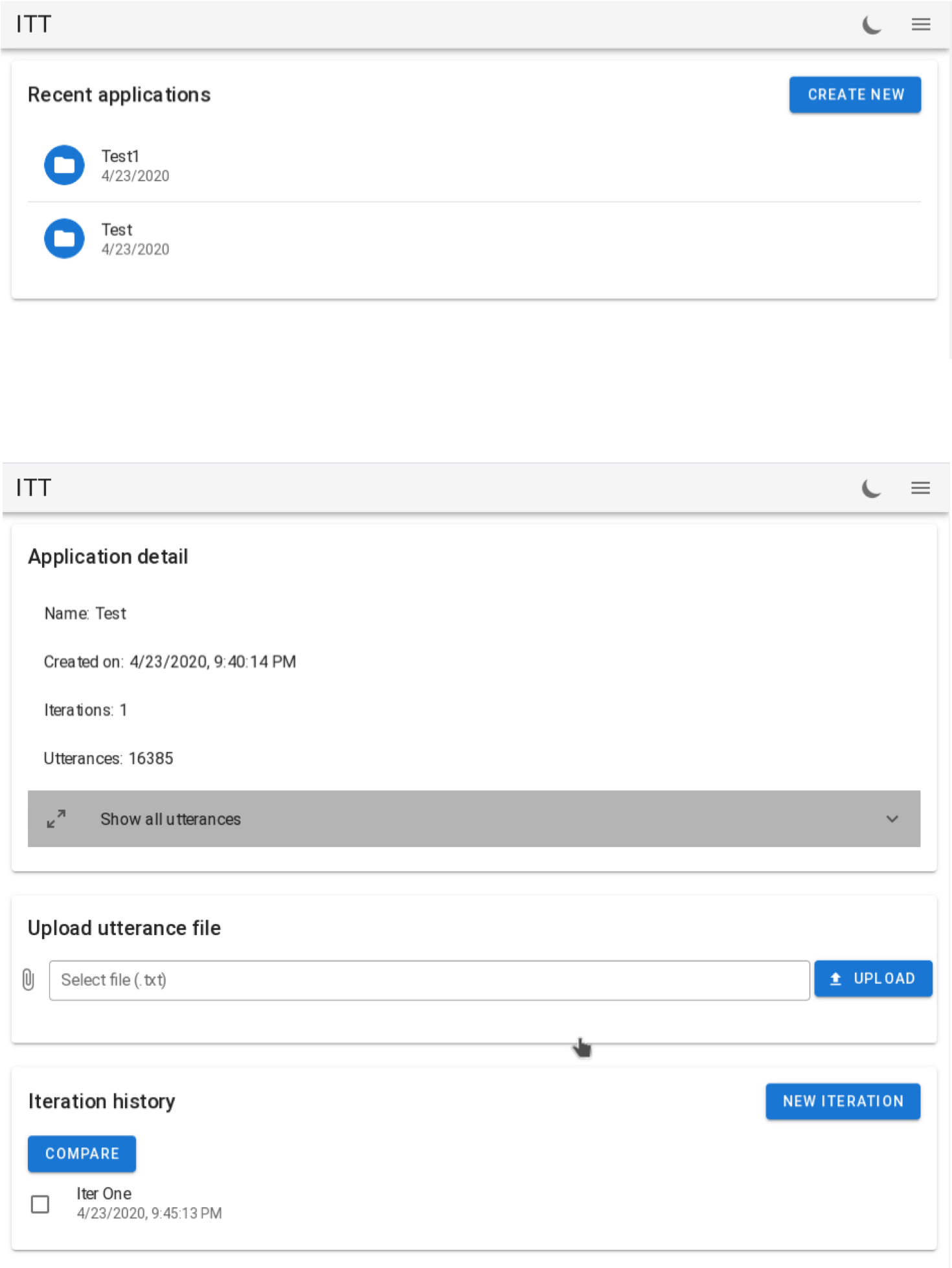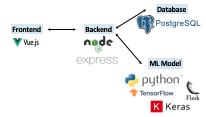Interaction Tuning Tool: The End_to_end Deep Learning_system For Intent Detection
Time
Spring 2020 @University of Texas at Dallas
Members
My team of 6 Senior CS/SE students in Senior Project course:
- Matthew Kunjammen, Backend Engineer (Database)
- Johnathan Kim, Backend Engineer
- Lan Vu, Frontend Engineer
- Tung Vu, Fronend Engineer
- Frank Yang, Full-Stack Engineer
- Dat ngo, Machine Learning Engineer
Goals
- To improve the customer service in multiple industry domains (e.g. call bots in banking system)
- Cooperated with Concentrix supervisors to build a web-based tool to detect and generate intents withdrawn from given utterances.
- Allow Speech scientists without strong coding skills easily remove noise, correct misspelling, and detect intents.
Achievements
- An end-to-end web tool to automate and reduce the manual intent-labeling workload of scientists and engineers
- Web tool requires zero coding skills
- Core is a hybrid and Attention-based model to detect natural intents from text (not pre-defined intents as Google DiagFlow) with accuracy 70%
- Post: here
Tech in use:
- Frontend: VueJS
- Backend: NodeJS, Flask, SQL
- AI/ML: Tensorflow/Keras
Challenges:
- Dataset size: 10MB corpus of text translated from customer-agent conversaions. Available data is expensive to gather
- Limited labeled data: given 15000 intents, there are 5000 labeled intents
- Need an end-to-end system with GUI for scientists without coding skills to use
Solutions:
- A web tool that allows scientists to upload corpus and retrieve intents. The corpus/detected intents are saved for each scientist account for later use.
- Architecture (modules communicate by RESTful API):
- Backend (NodeJS + SQL)
- AI/ML module (Tensorflow/Keras)
- Frontend (VueJS)
The AI module:
- Intent is defined as tuple of Vert-Noun and Noun-Noun.
- Convert the problem to NER and Text classification
A hybrid model of 2 modules:
- Module 1: detect tuples of Verb-Noun and Noun-Nouns as potential intents
- Module 2: given potential intents, finalize the correct intent
Details of model (futher details is avaiable upon request)
- Pre-trained Word Embeddings from Stanford NLP
- Bidirectional Long-Short-Term-Memory (BiLSTM)
- Conditional Random Field (CRF)
- Multilayer Perceptron
Demo
- Frontend UI

- Architecture

- Intent Detection Sample
